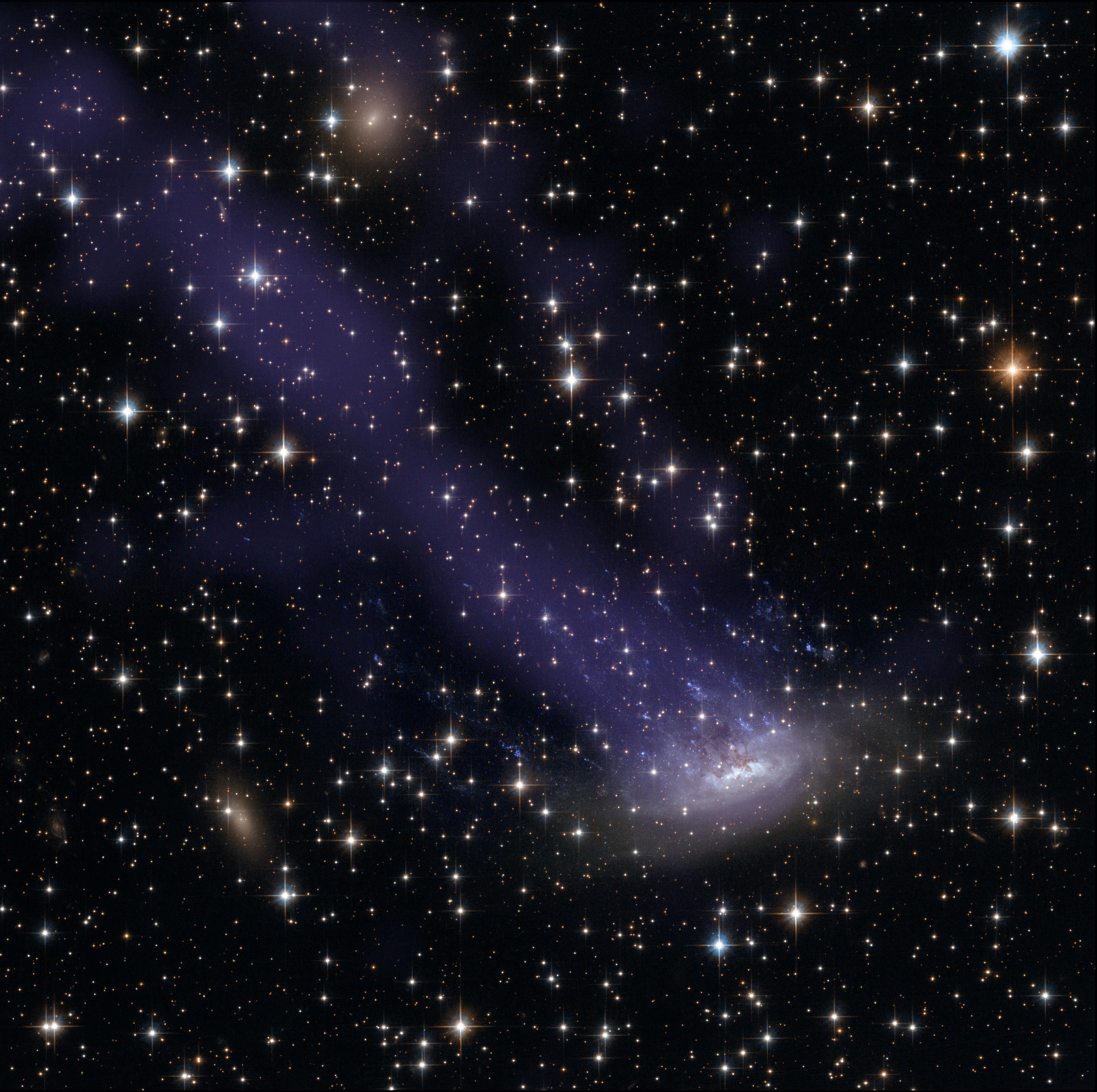When it comes to objects moving through space, I always enjoyed the ide a provided by David McMillan.
Basically, this guy looked at this galaxy in motion, leaving a trail in it's wake as it is pulled by gravity, into a galaxy cluster.
The trail extends hundreds of thousands of light years, suggesting that even if a physical galaxy could travel at light speed, The universe would still be hundreds of thousands of years old, As that is the amount of time it would have taken for the Galaxy to traverse such a distance.
The alternative option is to conclude that perhaps God simply made the galaxy look as if it had already traveled that distance but in reality had not. Which is really just a form of last-tuesdayism and is just an irrational position to hold. such a person may as well believe that the entire universe was created yesterday and that God simply created our memories and everything to appear
as if we have been around for years, but in reality have not. As Ken Miller would say. I believe in God, but not a deceptive one.
Path Across the Stars
The first image I’d seen was merely visible light, captured by Hubble. Astronomers had also imaged the Norma Cluster using the Chandra X-ray Observatory, an enormous telescope launched into low Earth orbit in 1999.
The image from Chandra, combined with the one from Hubble, shows a vast trail of superheated gas in the wake of the galaxy, stripped away by the shock of plunging into the core of the galaxy cluster. The trail stretches unbroken for a distance of 280,000 light-years.
This was the moment when everything broke down. To claim that light could somehow move infinitely fast to reach us was fantastic enough, but this was an example showing that it didn’t
matter how fast light might move. I couldn’t conceive any way for an entire galaxy to traverse 280,000 light-years in just 6,000 years. The universe simply could not be young, and my whole edifice crumbled.



